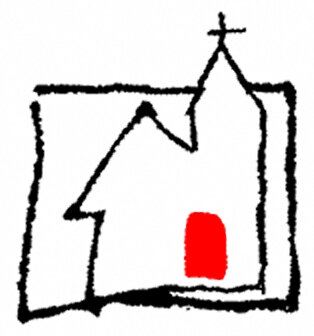15 FOOT AVERAGE DROP IN OGALLALA AQUIFER
The Ogallala Aquifer is a huge underground lake that goes from South Dakota through Nebraska, Wyoming, Colorado, Kansas, Oklahoma, New Mexico and Texas. It covers over 174,000 square miles bringing water for farms, cattle ranches and municipalities. The United States Geological Survey recently reported that the average drop over the entire aquifer was 15 feet. Understandably, there is a great deal of variety in different sections. We do know that our country’s supply of wheat, corn, cotton, beef, pork, chicken and turkey come from these areas. The aquifer also supplies much of the drinking water for cities and towns in range of the aquifer. Some of the wells in Texas that had been pumping from the aquifer have gone completely dry!
Parts of Kansas are in either a “watch zone or danger zone” for drought despite recent snows and rains. The amount of water being pumped out is greatly exceeding the replenishing of the aquifer. For example, last year it is estimated that only one inch of replenishing occurred in southwestern Kansas. Farmers ranchers and city managers are all trying to do their best to remedy this situation. The state of Kansas has encouraged drought management plans that include farmers, ranchers and city planners in working together in establishing conservation action steps as well as emergency conservation steps in times of disaster. There have been more efforts in coordination of state and federal funds to address disasters. Agricultural agencies are working with farmers on more sustainable irrigation efforts and farming practices and educating about adjustments to the changes in the climate. Farmers and ranchers (natural conservation minded individuals) are responding with actions. Their livelihoods are threatened and the rest of us will be affected by the cost of food and the overall economy of our state.
We can participate in water conservation through personal habits such as turning off the tap when brushing teeth, shaving and washing hands, by not running the tap for cold water, taking short showers, using drip irrigation for lawn and plants. We can keep water clean by using less chemicals on lawns, saying no to plastics of all kinds, recycling and not littering.
EARTH STEWARD ACTION: Google the Ogallala Aquifer and become aware of this water asset. How are you doing on the action list above? Reflect on how you will water lawns and plants this summer.
SOURCES: https://www.buttlercountygazette.com/2022/04/01/news-kansas-could-loose-6-million-in-land-values-as-its-underground-water-runs-dry/ https://extension.okstate.edu/fact-sheets/the-ogallala-aquiferhtml
